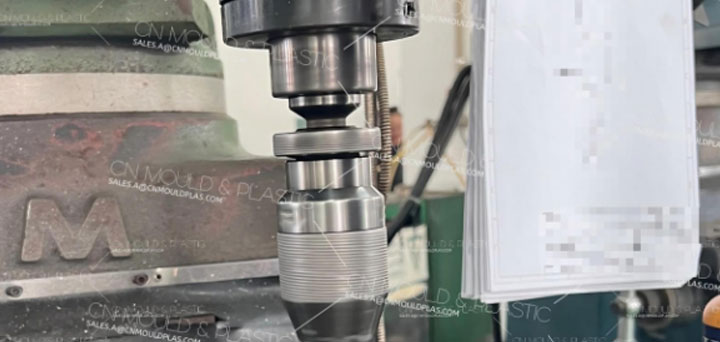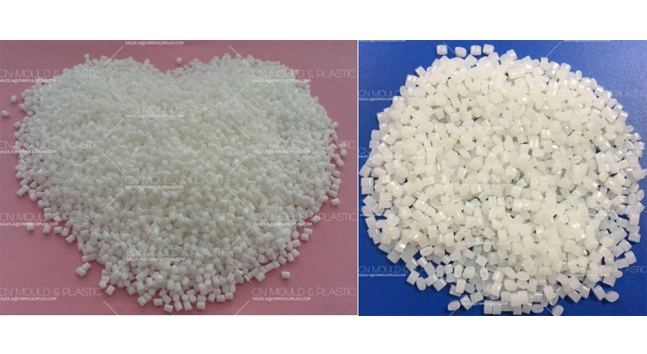1. Vernier Caliper
There are two types: ordinary and digital. Sizes range from 150mm to 1000mm. The digital caliper has an accuracy of 0.01mm, which is pretty high. It's super straightforward and quick to read, perfect for precise measurements of small parts. The ordinary one, though, only hits 0.02mm accuracy—more measurement error, tricky to read, and not as intuitive.
2. Height Gauge
Also called a vernier height caliper. Mainly used to measure the height of workpieces, and often for checking shape and position tolerance dimensions too.
Based on reading types, they come in two main categories: ordinary vernier and electronic digital. Common sizes are 0-300mm, 0-500mm, 0-1000mm, 0-1500mm, and 0-2000mm.
3. Feeler Gauge
This tool is key for measuring things like the arch and outward bend of parts, gaps between components, and even warping or twisting in flat parts.
4. Color Difference Meter
Widely used in color management for industries like plastics, printing, paint/ink, and textiles. It measures and shows the color difference △E and △Lab values between the sample and the tested part.
5. Standard Light Source Box
It's a lighting box that simulates different environmental lights, mainly for checking product colors. Under standard light sources, it's easy to compare color differences—especially for parts that can't be checked with a color meter, like tiny ones, oddly shaped ones, or parts without a flat surface for measurement.
6. Special Gauges
To inspect products faster, we often make custom gauges for workers to self-check during production and for inspectors. For example, gauges to check if shaft holes are off-center, or to measure assembly gaps and offsets in automotive interior/exterior plastic parts.
(1) When measuring dimensions manually, there's always some error. Different people, tools, and measurement points can all cause variations.
(2) Don't use any gauge that hasn't been calibrated (especially those in the metrology system). If a gauge gets bumped or taken apart, it must pass a re-check before use.
(3) Human error with vernier calipers is around ±0.20mm—this depends on how hard you press during measurement and differences in reading the scale.

(4) When measuring inner dimensions of a part, add the width of the two measuring jaws to the reading to get the actual size.

